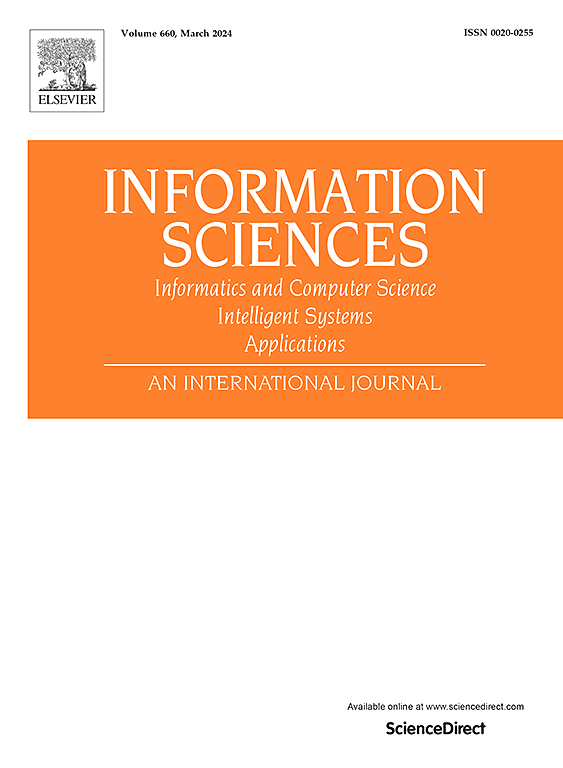医学图像鲁棒零水印的双支路CNN-Transformer网络
IF 6.8
1区 计算机科学
0 COMPUTER SCIENCE, INFORMATION SYSTEMS
引用次数: 0
摘要
在本文中,我们提出了一种新的零水印方法,该方法利用深度学习来保护医学图像免受恶意攻击,包括在传输过程中未经授权的复制、裁剪和其他形式的篡改。在本文中,我们创建了一个由两部分组成的系统,该系统使用一个简单的卷积神经网络(CNN)和一个变压器来有效地理解医学图像的小细节和整体背景,称为双分支CNN- transformer网络。CNN分支提取本地细节,而变压器分支捕获全局上下文信息。最大投票自适应融合模块(MVAM)集成了这些特征来生成鲁棒的医学图像表示。在不改变原始图像的前提下,采用物流图加密技术保证水印的完整性。实验结果表明,该方法对各种攻击(包括噪声、压缩、滤波、旋转、缩放、平移和裁剪)具有鲁棒性,优于现有技术。提取多达4096维特征的能力大大提高了医学图像的表征,有助于提高疾病诊断。本文章由计算机程序翻译,如有差异,请以英文原文为准。
Dual-Branch CNN-Transformer network for robust Zero-Watermarking of medical images
In this paper, we propose a novel zero-watermarking approach that utilizes deep learning to protect medical images from malicious attacks, including unauthorized copying, cropping, and other forms of tampering, during transmission. In this paper, we created a two-part system that uses a simple Convolutional Neural Network (CNN) and a transformer to effectively understand both small details and the overall context of medical images, called a dual-branch CNN-Transformer network. The CNN branch extracts the local details while the transformer branch captures the global contextual information. The Maximum Voting Adaptive Fusion Module (MVAM) integrates these features to generate robust medical images representations. Logistics map encryption is used to ensure the integrity of the watermark without altering the original image. Experimental results show that the proposed method is robust to various attacks (including noise, compression, filtering, rotation, scaling, translation, and cropping) and outperforms existing techniques. The ability to extract up to 4096 dimensional features greatly improves the characterization of medical images and helps to improve disease diagnosis.
求助全文
通过发布文献求助,成功后即可免费获取论文全文。
去求助
来源期刊

Information Sciences
工程技术-计算机:信息系统
CiteScore
14.00
自引率
17.30%
发文量
1322
审稿时长
10.4 months
期刊介绍:
Informatics and Computer Science Intelligent Systems Applications is an esteemed international journal that focuses on publishing original and creative research findings in the field of information sciences. We also feature a limited number of timely tutorial and surveying contributions.
Our journal aims to cater to a diverse audience, including researchers, developers, managers, strategic planners, graduate students, and anyone interested in staying up-to-date with cutting-edge research in information science, knowledge engineering, and intelligent systems. While readers are expected to share a common interest in information science, they come from varying backgrounds such as engineering, mathematics, statistics, physics, computer science, cell biology, molecular biology, management science, cognitive science, neurobiology, behavioral sciences, and biochemistry.
 求助内容:
求助内容: 应助结果提醒方式:
应助结果提醒方式:


